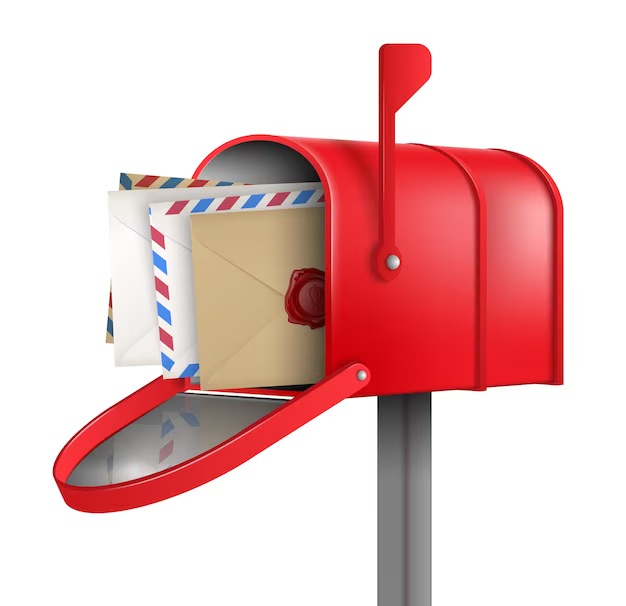
As a designer, a common challenge is to follow physical constraints while maintaining creativity. In the digital age, where emails and social media dominate communication, there’s a certain allure to the tactile experience of printed materials. Yet, when distributing these printed pieces, an important consideration is the U.S. mailing system.
Knowledge of U.S. mail compatibility is a critical aspect of any designer’s toolkit. Understanding the specifications and guidelines set by the United States Postal Service (USPS) opens up a world of design possibilities while ensuring that your designs reach their destination intact.
Designing with Mail Compatibility in Mind
If you are creating a piece that is intended to be mailed, it is important to consider mail compatibility while creating the piece. Considering mail compatibility while creating designs will prevent you from having to go back and later change it to fit mailing specifications, which can save overall time and money.
Here are a few things to consider when designing a piece to be mailed:
Dimensional Considerations
The USPS has specific regulations regarding the size and shape of mailpieces. Mailing objects larger than standard sizes often increase the price of mailing. Understanding these constraints is essential for designing everything from postcards to envelopes to packaging materials.
Letters:
Below is a chart of the minimum and maximum length, height, and thickness of letters. Anything larger than this may warrant an upcharge for oversized mailing.

Postcards:
A postcard is also a common item that is designed to be mailed. In order for a piece to qualify for mailing at post card price, it must be:
- Rectangular
- At least 3-1/2 inches high x 5 inches long x 0.007 inch thick
- No more than 4-1/4 inches high x 6 inches long x 0.016 inches thick
If your mailpiece does not meet the dimensions above, then the Postal Service considers it a letter and letter-size postage is charged.
Large envelopes and flats:
Below is a chart of the minimum and maximum length, height, and thickness for large envelopes and flats:

Address and Barcode Placement
The USPS has specific guidelines regarding address placement and barcoding to optimize mail processing. Adhering to these regulations not only ensures smooth transit through the postal system but also helps avoid additional postage costs or mail rejection due to non-compliance.
Address placement is a key element when considering U.S. mail regulations. The primary function of incorporating addresses into mail designs is to ensure accurate delivery. Placing the recipient’s address prominently and clearly on the envelope or mailpiece reduces the risk of misdelivery or delays.
A barcode is a series of long and short bars that represent ZIP Codes, ZIP+4 codes, and delivery addresses. The Postal Service uses automated equipment that reads the barcode to process and sort mail.

In essence, US mail compatibility presents a unique opportunity for graphic designers to marry creativity with functionality. By understanding and embracing the intricacies of postal regulations, designers can unleash their creativity while ensuring that their creations navigate the postal system seamlessly.
So, the next time you embark on a design project destined for the US mail, remember to consider not only the aesthetics but also the practicalities of postal compatibility.